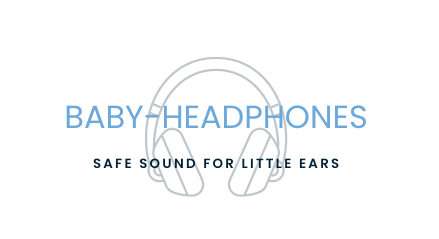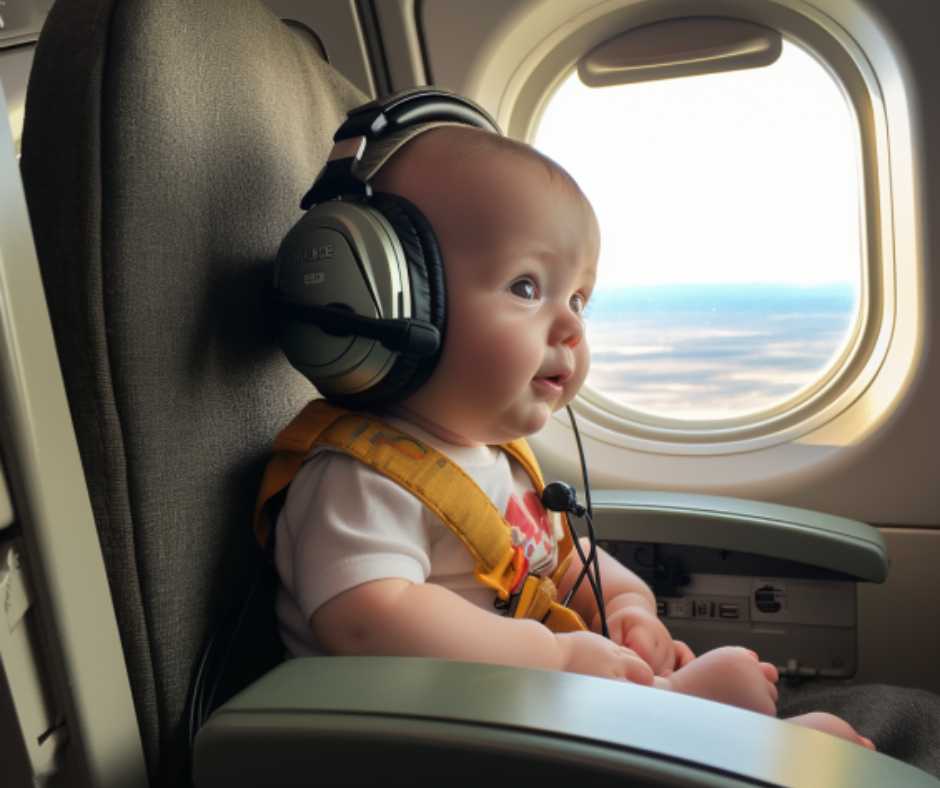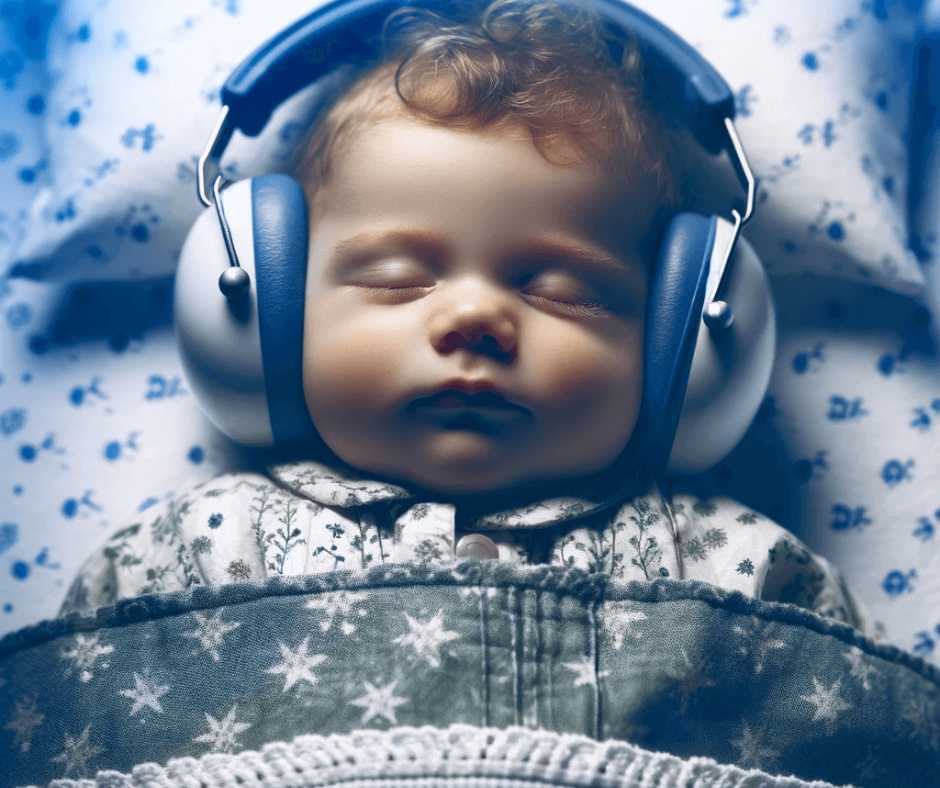Learn how to identify and avoid unsafe materials used in low-cost children’s audio products to ensure the safety of your kids.
Introduction
In today’s fast-paced world, parents are always on the lookout for ways to keep their kids entertained. One popular option is buying low-cost children’s audio products, such as headphones and speakers, which are widely available in the market. While these products are great for entertaining kids, they may also pose a risk to their safety due to the use of unsafe materials.
Identifying unsafe materials used in low-cost children’s audio products is crucial to ensure that your kids are safe while using these products. In this article, we’ll take a closer look at some of the most common unsafe materials found in low-cost children’s audio products and provide tips on how to identify and avoid them.
What are unsafe materials?
Unsafe materials are materials that pose a risk to human health or the environment. These materials are often used in the manufacturing of low-cost children’s audio products, which can result in harmful effects on children.
Some of the most common unsafe materials found in low-cost children’s audio products include:
- Lead
- Phthalates
- Cadmium
- Formaldehyde
- Brominated flame retardants
- Arsenic
- Mercury
- Antimony
How to identify unsafe materials?
Identifying unsafe materials in low-cost children’s audio products is not always easy, as these materials are often hidden inside the product or not listed on the packaging. However, there are some signs to look out for:
- Foul odor: If the product has a strong chemical odor, it may be an indication that it contains unsafe materials.
- Discoloration: If the product’s color appears faded or discolored, it may be an indication of unsafe materials.
- Labeling: Look for product labeling that indicates the product is free of unsafe materials. However, be cautious as some labeling can be misleading.
- Certification: Look for products that are certified by reputable third-party organizations such as UL (Underwriters Laboratories) or ETL (Intertek) as safe for children to use.
- Manufacturer information: Look for information about the manufacturer of the product. A reputable and well-known manufacturer is more likely to produce products that are safe for children to use.
What are the risks of using products with unsafe materials?
The risks of using low-cost children’s audio products that contain unsafe materials can be severe. These risks include:
- Health problems: Exposure to unsafe materials can result in various health problems, including cancer, developmental problems, and reproductive issues.
- Allergies: Some unsafe materials can cause allergic reactions, including skin rashes and respiratory problems.
- Environmental impact: The use of unsafe materials can result in environmental damage and pollution.
FAQs
Are all low-cost children’s audio products unsafe?
No, not all low-cost children’s audio products are unsafe. However, it is important to be cautious and to do your research before buying any product.
Can I trust product labeling that indicates a product is safe?
It’s essential to be cautious of product labeling and to do your research before purchasing a product. Look for certifications from reputable third-party organizations as an added layer of protection.
What should I do if I suspect a product contains unsafe materials?
If you suspect a product contains unsafe materials, stop using it immediately and contact the manufacturer or retailer for more information.
Conclusion
In conclusion, identifying unsafe materials used in low-cost children’s audio products is crucial to ensure the safety of your kids. By following the tips and guidelines provided




